<< Our Photo Pages >> Ōyu - Stone Circle in Japan in Honshū
Submitted by Aska on Friday, 30 September 2022 Page Views: 15914
Neolithic and Bronze AgeSite Name: Ōyu Alternative Name: 大湯環状列石 OyuCountry: Japan
NOTE: This site is 1.794 km away from the location you searched for.
Region: Honshū Type: Stone Circle
Nearest Town: Kazuno (Akita pref.) Nearest Village: Towada-Ōyu 十和田
Latitude: 40.271427N Longitude: 140.804236E
Condition:
| 5 | Perfect |
| 4 | Almost Perfect |
| 3 | Reasonable but with some damage |
| 2 | Ruined but still recognisable as an ancient site |
| 1 | Pretty much destroyed, possibly visible as crop marks |
| 0 | No data. |
| -1 | Completely destroyed |
| 5 | Superb |
| 4 | Good |
| 3 | Ordinary |
| 2 | Not Good |
| 1 | Awful |
| 0 | No data. |
| 5 | Can be driven to, probably with disabled access |
| 4 | Short walk on a footpath |
| 3 | Requiring a bit more of a walk |
| 2 | A long walk |
| 1 | In the middle of nowhere, a nightmare to find |
| 0 | No data. |
| 5 | co-ordinates taken by GPS or official recorded co-ordinates |
| 4 | co-ordinates scaled from a detailed map |
| 3 | co-ordinates scaled from a bad map |
| 2 | co-ordinates of the nearest village |
| 1 | co-ordinates of the nearest town |
| 0 | no data |
Internal Links:
External Links:
I have visited· I would like to visit
Andy B would like to visit
Enki visited on 1st Jul 2015 - their rating: Cond: 4 Amb: 5 Access: 4 An excellent visitor centre with good exhibits of Jomon artefacts and cultural displays sets the scene well for these two circles, although there is a distinct lack of English information. They did produce a small brochure with some bits in English when asked.
Clearly a large community lived here, as there are several other structures on the site - several hut circles, aligned posts, other buildings, cist burials, stone rows and a causeway connecting the two main circles, which are located on either side of the road.
Acces to the inside of the circles themselves is prohibited, but the Manza (NW) circle has a viewing platform next to the circle, and there are also thatched shelters constructed on hut foundations adjacent to the circle, which provide welcome relief from the hot sun in summer.
The proximity of the huts to the circle suggest that this one played a large part in everyday community life; the Nonakado circle over the road seems less disturbed in that regard. The Nonakado site has some smaller stone remains nearby, including what might be small burial cairns and a stone row.
The main axis of the two sites is aligned to midwinter sunrise and midsummer sunset; a suggestive alignment of three stones in the Nonakado circle may indicate equinox sunrise.
MAIGO have visited here
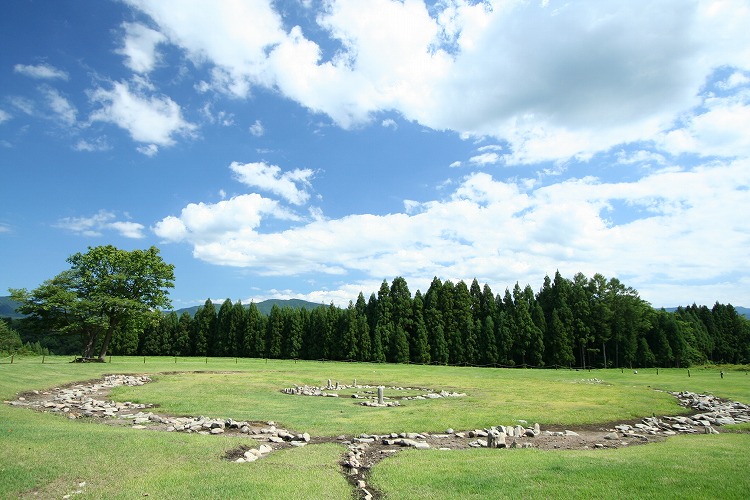
Note: BBC Radio 3: Dr Susan Greaney, previously with English Heritage and now University of Exeter draws parallels between the Neolithic peoples of Britain and the ancient Jomon civilisation of Japan, both of whom used circles of stone in ritual celebrations. Follow the comments on our page to listen
You may be viewing yesterday's version of this page. To see the most up to date information please register for a free account.
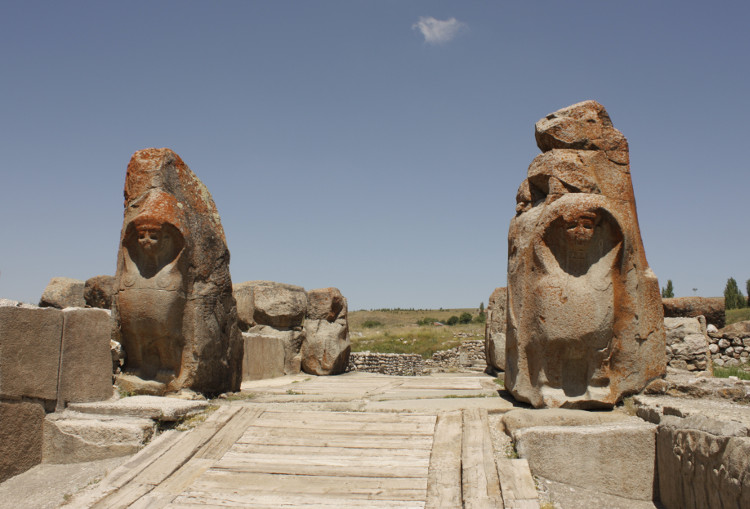
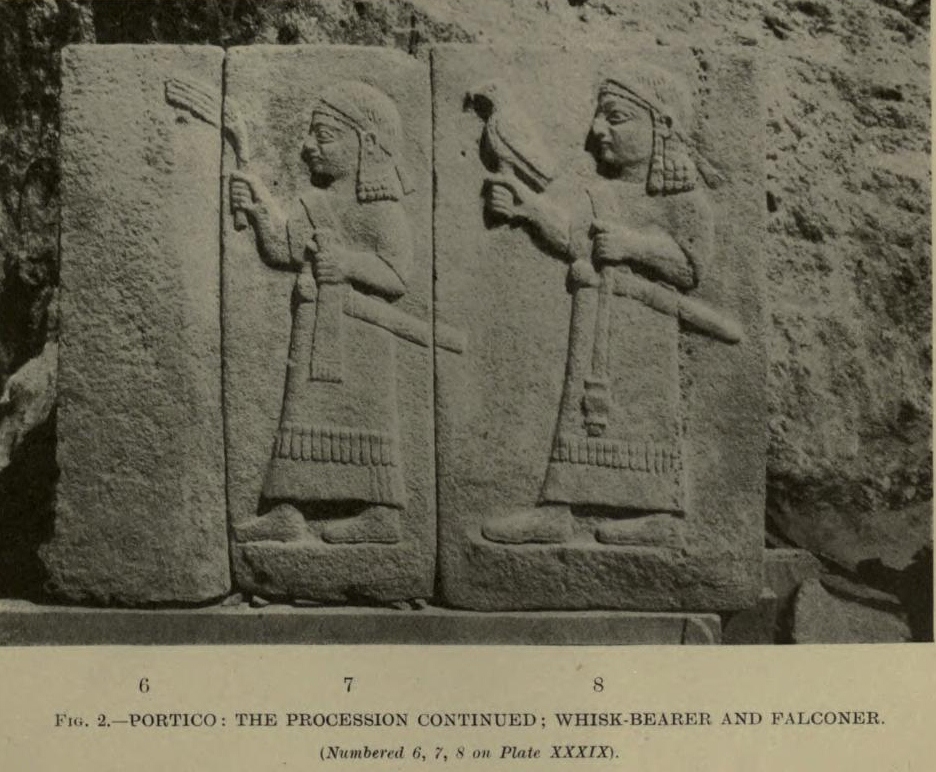
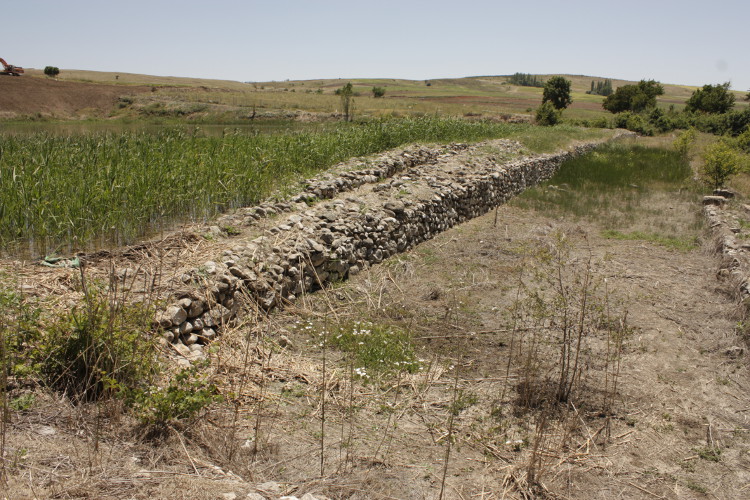


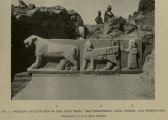



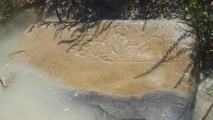
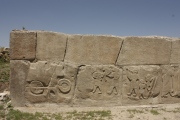
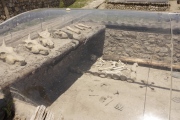


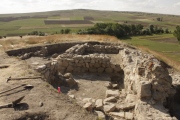

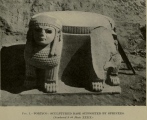
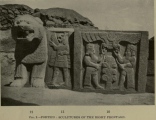
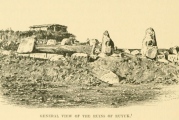
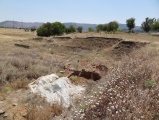


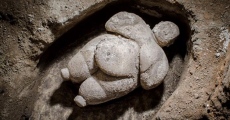
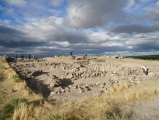

These are just the first 25 photos of Ōyu. If you log in with a free user account you will be able to see our entire collection.
Do not use the above information on other web sites or publications without permission of the contributor.
Click here to see more info for this site
Nearby sites
Click here to view sites on an interactive map of the areaKey: Red: member's photo, Blue: 3rd party photo, Yellow: other image, Green: no photo - please go there and take one, Grey: site destroyed
Download sites to:
KML (Google Earth)
GPX (GPS waypoints)
CSV (Garmin/Navman)
CSV (Excel)
To unlock full downloads you need to sign up as a Contributory Member. Otherwise downloads are limited to 50 sites.
Turn off the page maps and other distractions
Nearby sites listing. In the following links * = Image available
5.4km SSW 211° Takaya-date* Ancient Village or Settlement
9.3km NNW 327° Kosaka* Stone Circle
39.5km WSW 259° Isedōtai* Stone Circle
41.6km SSE 159° Kamaishi* Stone Circle
43.1km NNW 333° Seidō family Shoin building* Modern Stone Circle etc
43.2km NNW 333° Seibi-en garden* Modern Stone Circle etc
44.0km E 101° Goshono* Ancient Village or Settlement
44.8km NNW 337° Myōkyō-ji temple* Modern Stone Circle etc
47.0km NW 323° Hirosaki-jō castle San-no-Maru* Modern Stone Circle etc
47.3km NW 323° Iwata family residence garden* Modern Stone Circle etc
50.2km SW 223° Sakeishi (in Nekko)* Carving
52.2km N 353° Komakino* Stone Circle
53.5km NW 322° Zuiraku-en garden* Modern Stone Circle etc
60.0km SSE 155° Yubunezawa* Stone Circle
60.7km NW 322° Ōmori Katsuyama* Stone Circle
60.7km N 351° Sannai Maruyama* Ancient Village or Settlement
69.3km SSE 154° Mitsuishi Jinja shrine* Natural Stone / Erratic / Other Natural Feature
70.2km SSE 158° Shiwa-jō* Ancient Village or Settlement
77.8km SSW 195° Kakunodate samurai residences* Modern Stone Circle etc
78.6km NNW 330° Kamegaoka* Ancient Village or Settlement
80.2km SSE 157° Tokutan-jō* Ancient Village or Settlement
84.3km SSW 209° Tennichigū* Cairn
85.2km SW 226° Akita-jō* Ancient Village or Settlement
92.2km SSW 194° Hotta-no Saku* Ancient Village or Settlement
97.7km S 182° Uchinosawa* Stone Circle
View more nearby sites and additional images

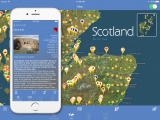

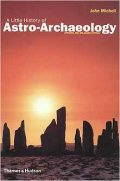


 We would like to know more about this location. Please feel free to add a brief description and any relevant information in your own language.
We would like to know more about this location. Please feel free to add a brief description and any relevant information in your own language. Wir möchten mehr über diese Stätte erfahren. Bitte zögern Sie nicht, eine kurze Beschreibung und relevante Informationen in Deutsch hinzuzufügen.
Wir möchten mehr über diese Stätte erfahren. Bitte zögern Sie nicht, eine kurze Beschreibung und relevante Informationen in Deutsch hinzuzufügen. Nous aimerions en savoir encore un peu sur les lieux. S'il vous plaît n'hesitez pas à ajouter une courte description et tous les renseignements pertinents dans votre propre langue.
Nous aimerions en savoir encore un peu sur les lieux. S'il vous plaît n'hesitez pas à ajouter une courte description et tous les renseignements pertinents dans votre propre langue. Quisieramos informarnos un poco más de las lugares. No dude en añadir una breve descripción y otros datos relevantes en su propio idioma.
Quisieramos informarnos un poco más de las lugares. No dude en añadir una breve descripción y otros datos relevantes en su propio idioma.